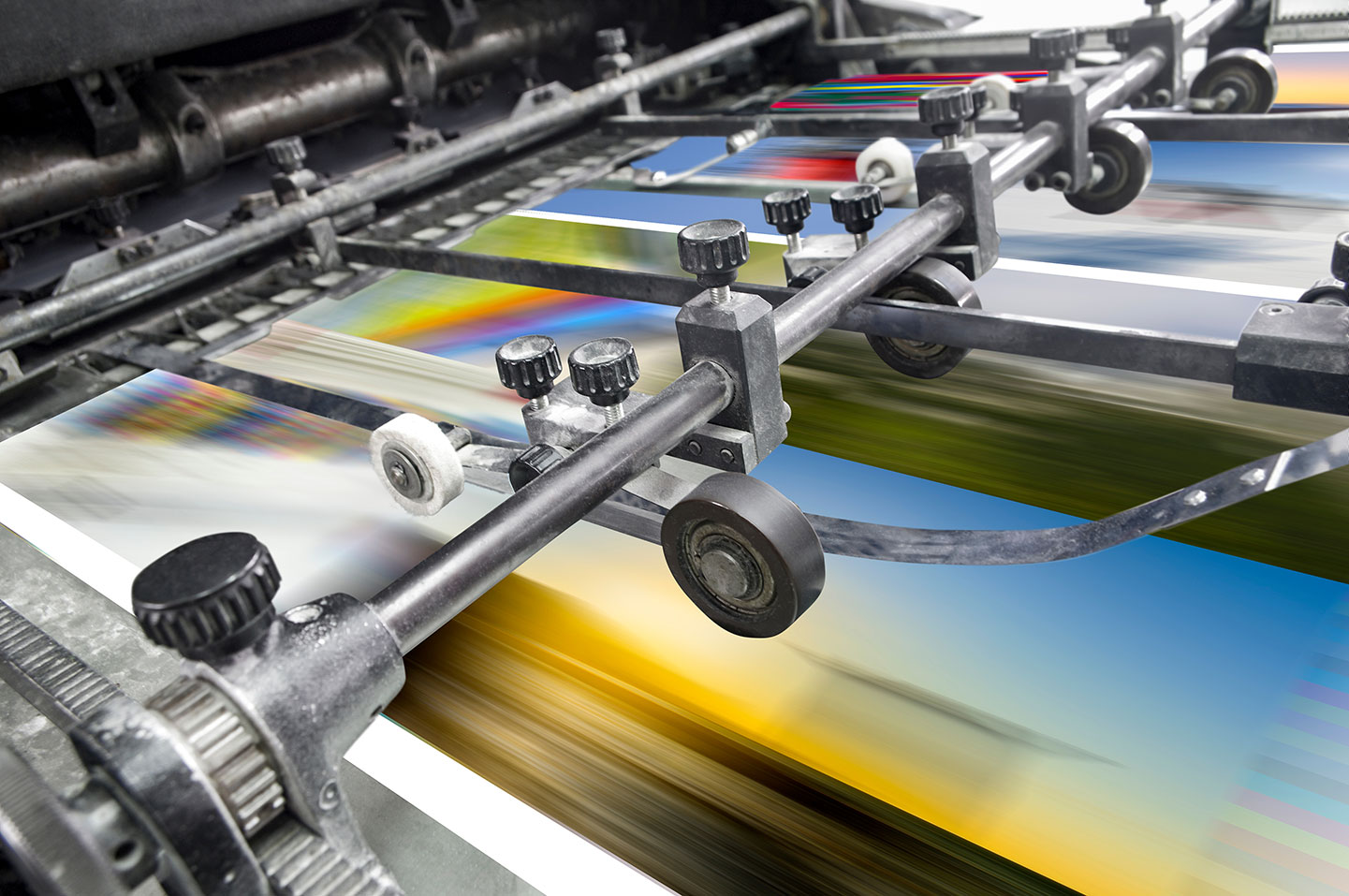Introduction
As the printing industry continues to change and evolve, so does the prepress process. Commercial printers and their prepress departments must keep up with emerging trends and technologies to stay competitive and produce high-quality products. From automation and artificial intelligence to new materials and processes, the future of prepress is full of exciting possibilities. This post will explore emerging trends and technologies shaping prepress’s future. We’ll also discuss the importance of prepress in a changing industry and what this means for commercial printers. Whether you’re a prepress professional or simply interested in the world of printing, this post will provide insights into what the future of prepress may look like.
Emerging Trends in Prepress
Emerging prepress trends are changing how commercial printers and their prepress departments operate. Here are some of the most notable trends:
- Automation: Prepress automation is becoming more prevalent, with many tools and software available to streamline prepress workflows. For instance, cloud services like Good2Go Software automatically checks files for errors, ensuring that they meet the printer’s requirements. Color correction software can automatically adjust colors, saving time and improving accuracy. Imposition software can automatically arrange pages on a sheet, reducing waste and improving efficiency. These automation tools can help prepress departments to increase efficiency, reduce the risk of errors, and improve turnaround times.
- Artificial Intelligence (AI): AI tools are increasingly crucial in prepress, especially color management. For example, some software can analyze images and identify color issues, making it easier for prepress professionals to correct them. Some AI tools can help printers optimize ink usage, reduce waste, and minimize production costs.
- Cloud-based prepress Software: Cloud-based software is becoming more popular, allowing prepress professionals to collaborate and share files with their clients and colleagues more easily. For example, cloud-based prepress software allows clients to upload files, and prepress professionals can access the files and start working on them immediately. These tools can also enable prepress professionals to work remotely, which can be helpful in situations where face-to-face meetings are not possible.
- Sustainable Printing: Sustainable printing is becoming more important, and prepress professionals play a key role in this trend. For instance, prepress professionals can help printers choose sustainable materials and processes and optimize designs for environmentally friendly production methods. They can also suggest ways to reduce waste and improve efficiency, benefiting both the environment and the bottom line.
As these emerging trends become more prevalent, prepress departments must adapt and evolve to remain competitive in the printing industry. By staying up-to-date on these trends and adopting new technologies, prepress professionals can help their companies remain at the forefront of the industry.
The Impact of New Materials on Prepress
New materials significantly impact the prepress process, and prepress professionals must adapt to these changes to remain competitive. Here are some of the most notable new materials and how they are affecting prepress:
- Sustainable and Biodegradable Materials: With an increased focus on sustainability, more printers seek to use sustainable and biodegradable materials in their products. This can include materials like recycled paper, soy-based inks, and biodegradable plastics. Prepress professionals can help printers optimize their designs for these materials, which may have different requirements and limitations than traditional materials.
- Innovative Coatings and Finishes: New coatings and finishes also change the prepress process. For example, some coatings can enhance the appearance of printed products by creating a more vibrant and glossy finish. Prepress professionals must understand how these coatings and finishes interact with different materials and adjust their designs accordingly.
- Textured and Specialty Papers: Textured and specialty papers can add a unique look and feel to printed products but also present new challenges for prepress professionals. For example, some textured papers can cause the ink to bleed or smear, while others may limit how much ink can be applied. Prepress professionals must work with printers and paper suppliers to understand the limitations and requirements of these materials.
- Digital and Electronic Materials: With the rise of digital printing, prepress professionals must also adapt to new materials. This can include materials like digital signage, electronic displays, and interactive packaging. Prepress professionals must understand how these materials can be integrated into the prepress process and what design considerations are necessary to optimize these materials.
As new materials emerge, prepress professionals must stay up-to-date on the latest developments and understand how these materials affect the prepress process. By understanding the limitations and requirements of new materials, prepress professionals can help printers produce high-quality, innovative products that meet the evolving needs of their customers.
The Future of prepress
The prepress process is critical to the success of any printing project, and its importance is only increasing in a changing industry. Here are some of the key reasons why prepress is so essential:
- Quality Control: In the prepress process, many quality control measures are taken to ensure that the final product meets the customer’s expectations. Prepress professionals are responsible for checking files for errors, ensuring images are of the correct resolution, and ensuring that colors are accurate. By catching errors before printing begins, prepress can help printers avoid costly mistakes and produce high-quality products.
- Cost Savings: prepress can also help printers save money by optimizing designs for efficient production. Prepress professionals can help printers choose the right paper stock, ink, and finishing options to meet customers’ needs while minimizing costs. Prepress can help printers reduce waste and increase profitability by finding ways to streamline the printing process.
- Innovation: prepress professionals are often at the forefront of new technologies and materials that can help printers produce innovative and unique products. By staying up-to-date on emerging trends and technologies, prepress professionals can help printers offer new products and services that meet the evolving needs of their customers.
- Communication: Finally, prepress is a critical step in the communication between printers and their customers. Prepress professionals work closely with customers to understand their needs and preferences and to ensure that the final product meets their expectations. Prepress can help ensure a smooth and successful printing project by serving as a liaison between printers and customers.
As the printing industry continues to change and evolve, the importance of prepress will only increase. Prepress professionals who can stay up-to-date on emerging trends and technologies and effectively communicate with customers and colleagues will be invaluable assets to their organizations. By embracing new technologies and materials and by always striving for quality and innovation, prepress professionals can help their companies stay competitive in a changing industry.
Conclusion
The future of prepress is full of exciting possibilities, from emerging trends like preflight automation and artificial intelligence to new materials and innovative coatings and finishes. As the printing industry continues to change and evolve, prepress professionals will play an increasingly important role in helping printers stay competitive and produce high-quality products.
By staying up-to-date on emerging trends and technologies and by embracing new materials and processes, prepress professionals can help their companies meet the evolving needs of their customers. Prepress professionals can help ensure a smooth and successful printing project by continually striving for quality and innovation and serving as a liaison between printers and customers.
The future of prepress is bright, and those who are able to adapt and evolve to the changing industry will be well-positioned for success. Whether you’re a prepress professional or simply interested in the world of printing, staying up-to-date on emerging trends and technologies will be critical to your success. We hope this post has provided you with valuable insights into what the future of prepress may hold and that it inspires you to embrace new technologies and materials and always strive for quality and innovation.



